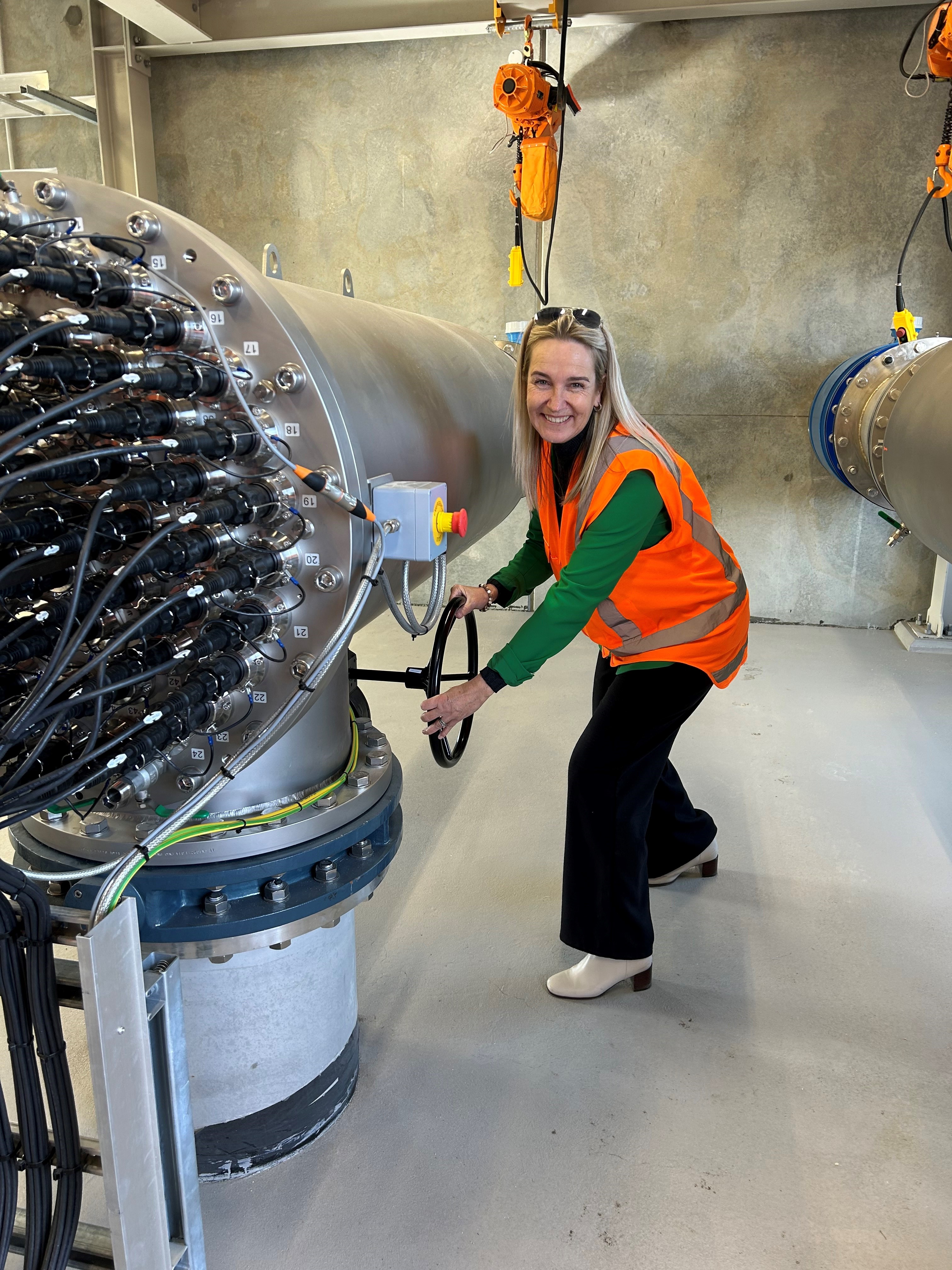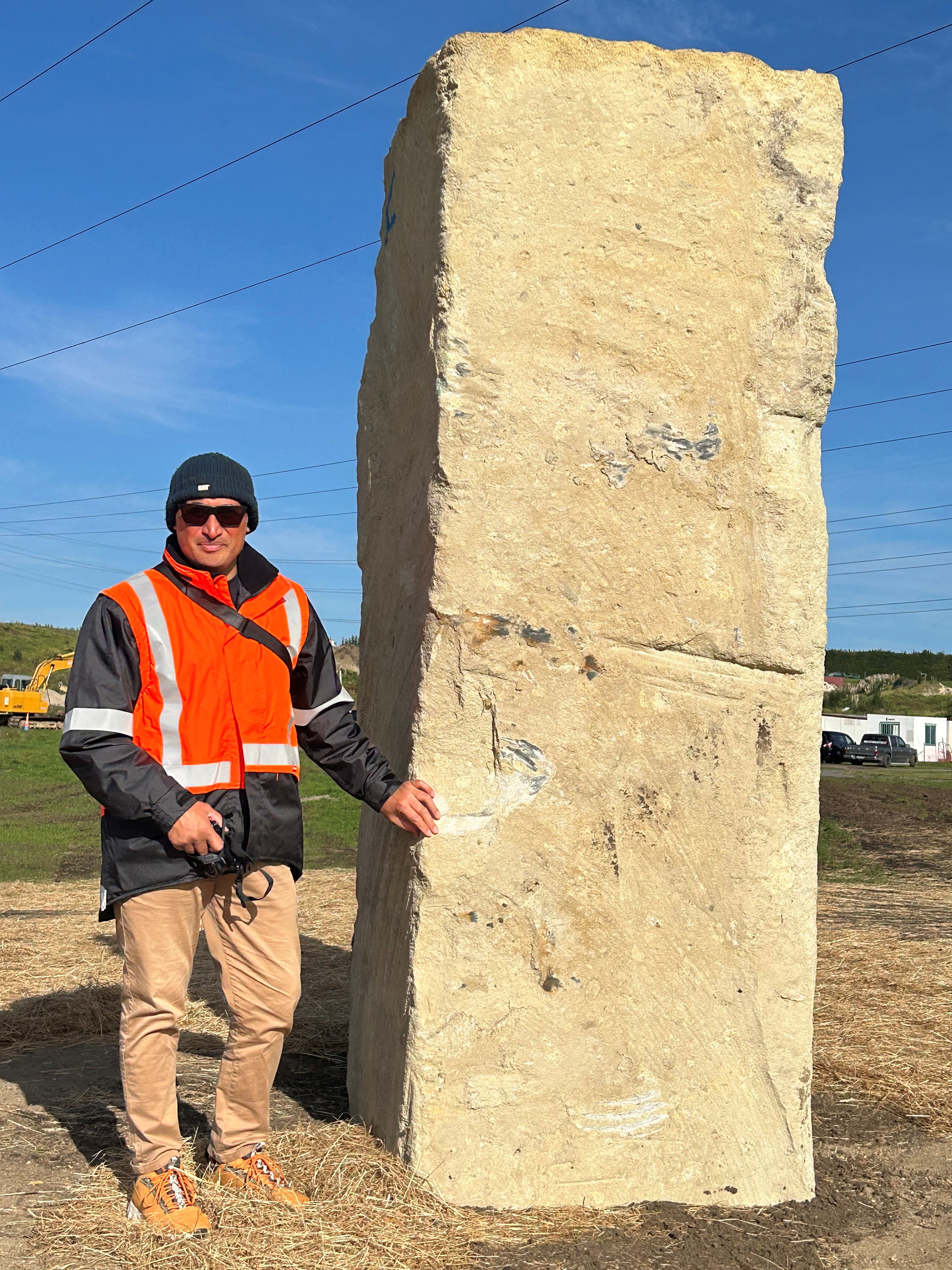Cambridge wastewater treatment plant reaches another milestone
News
The new outfall structure.

A key milestone in the construction of Cambridge’s new wastewater treatment plant was achieved yesterday with treated effluent diverted to a new outfall structure for the first time.
Mayor Susan O’Regan, elected members, mana whenua representatives, the Kaitiaki Group, regional council, and a representative from the Waikato River Authority were all present to witness history being made as the treated wastewater meandered its way to the Waikato River over the new rock lined structure.
The structure on the bank of the Waikato River replaces the rapid infiltration beds system.
Resource consent for the new wastewater treatment plant was granted in September. Construction started in December 2023, with work underway until late 2026 when state of the art technology will improve the quality of the discharged wastewater.
Service delivery group manager Dawn Inglis said the project is benefitting greatly from collaboration with mana whenua partners.
“In line with Mātauranga Māori framework, two mauri stones have been placed at the new outfall near to the kowhai trees which were planted at a pōwhiri last year”.
Multi-disciplinary Māori artist and bronze carving specialist, Eugene Kara of Ngāti Korokī Kahukura will be arranging the carving of the stones.
“We also have a contract in place with mana whenua to plant the area once the mauri stones are completed. There are also plans for more planting, a wetland development, and a greenhouse.”
“Along with the stones there will be pou installed on either side of the river and bat boxes have been installed to encourage bats to the area,” Inglis said.
Acoustic surveys have been done to identify where long-tailed bats, also known as pekapeka tou roa, are throughout the district. The surveying enables Council to balance growth and development with protecting the habitat that these taonga need to survive and thrive alongside human communities.
The new treatment plant will receive, treat, and discharge wastewater from Cambridge, Leamington, Hautapu and Karāpiro Domain and will replace the existing plant at Matos Segedin Drive which has operated since the 1970s. It will have enough capacity to cope with Cambridge’s fast-growing population and will meet much higher environmental standards and legal commitments to the Waikato River.

Mayor Susan O'Regan opens the valve, diverting treated effluent to the new outfall structure.

Eugene Kara of Ngāti Koroki Kahukura next to one of the two mauri stones he will be carving
The new outfall structure.